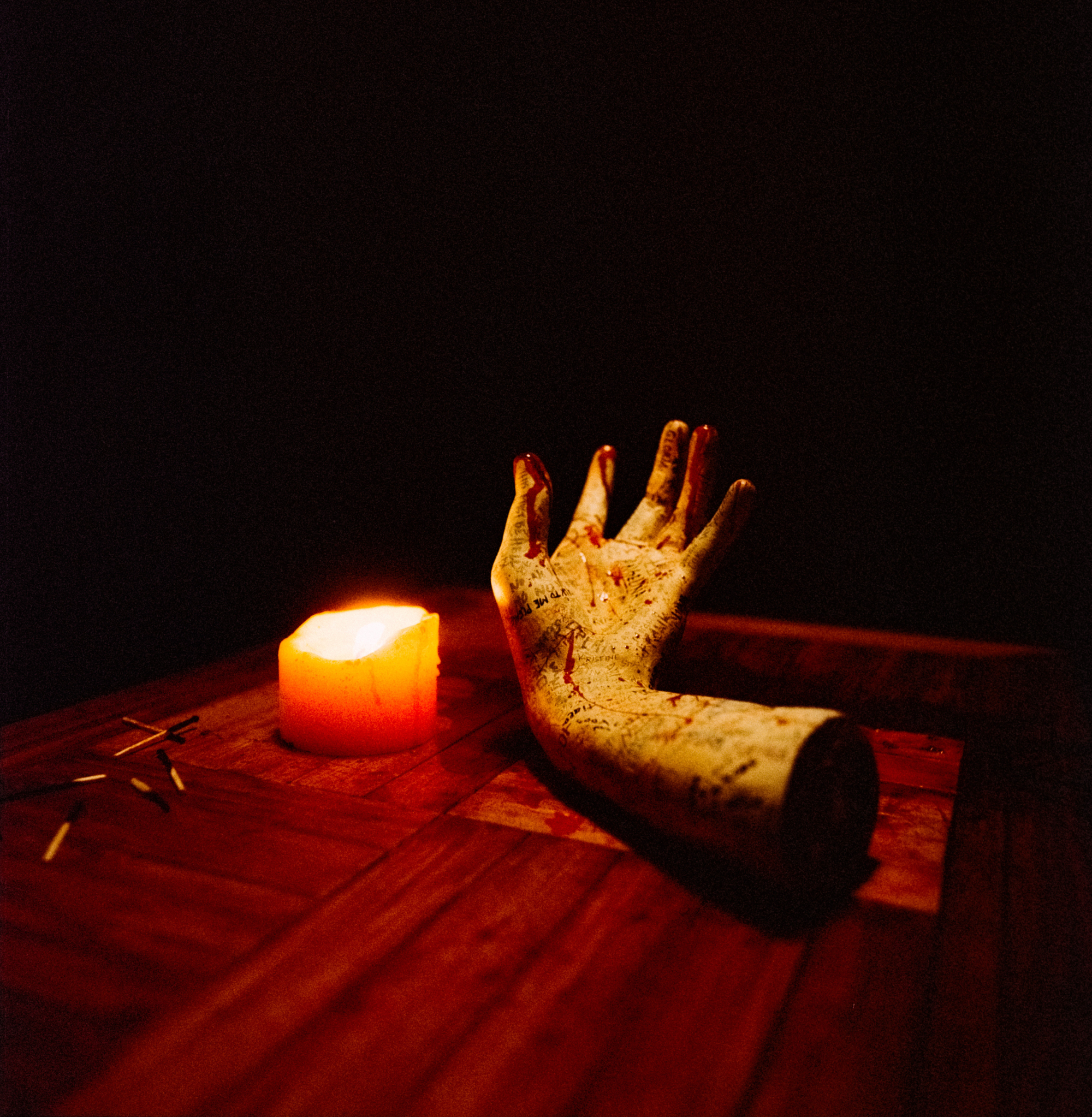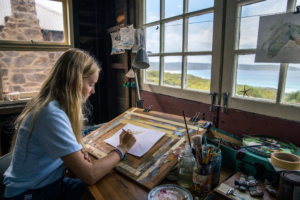At its best, horror explodes out of the spectacular collision of ritual, power and transformation. These rituals can be religious or secular, as suggested even just by the titles of some of the most famous horror movies, from Halloween (John Carpenter, 1978) through to Midsommar (Ari Aster, 2019) and beyond. Whether it is the enduring iconographic presence of the mask or the familiar codes and conventions of the possession trope, transformation likewise permeates the horror genre, long predating its cinematic manifestations in iconic literary works such as Robert Louis Stevenson’s Strange Case of Dr Jekyll and Mr Hyde and Mary Shelley’s Frankenstein. As these examples collectively illustrate, power dynamics – particularly those pertaining to gender politics, but ultimately able to be read through the lens of all kinds of Otherness – are essential to the genre’s thematic dynamics, from Oscar-winning tales of transformation and ritual like Get Out (Jordan Peele, 2017) and The Exorcist (William Friedkin, 1973) through to direct-to-video bangers like Puppet Master (David Schmoeller, 1989) and Re-Animator (Stuart Gordon, 1985).
The recent sweeping international success of Danny and Michael Philippou’s Australian horror film Talk to Me (2022) is a timely reminder of just how effective the combination of ritual, power and transformation remains. From its world premiere at the 2022 Adelaide Film Festival – where it was eagerly received by its hometown audience – to becoming highly regarded indie distributor A24’s highest-grossing horror film in North America less than twelve months later,[1]Jeremy Kay, ‘Talk to Me Becomes A24’s Top Grossing Horror Release at North American Box Office’, Screen Daily, 4 September 2023, <https://www.screendaily.com/news/talk-to-me-becomes-a24s-top-grossing-horror-release-at-north-american-box-office/5185505.article>, accessed 22 September 2023. Talk to Me is a contemporary masterclass in genre filmmaking. Never smug or condescending, and demonstrating little interest in reinventing the wheel, the film instead wholly embraces the genre’s codes and conventions, deploying them with a remarkable combination of emotional intelligence, a fearless respect for its audience and a deep, undisguised genre literacy that together form its central driving engine.
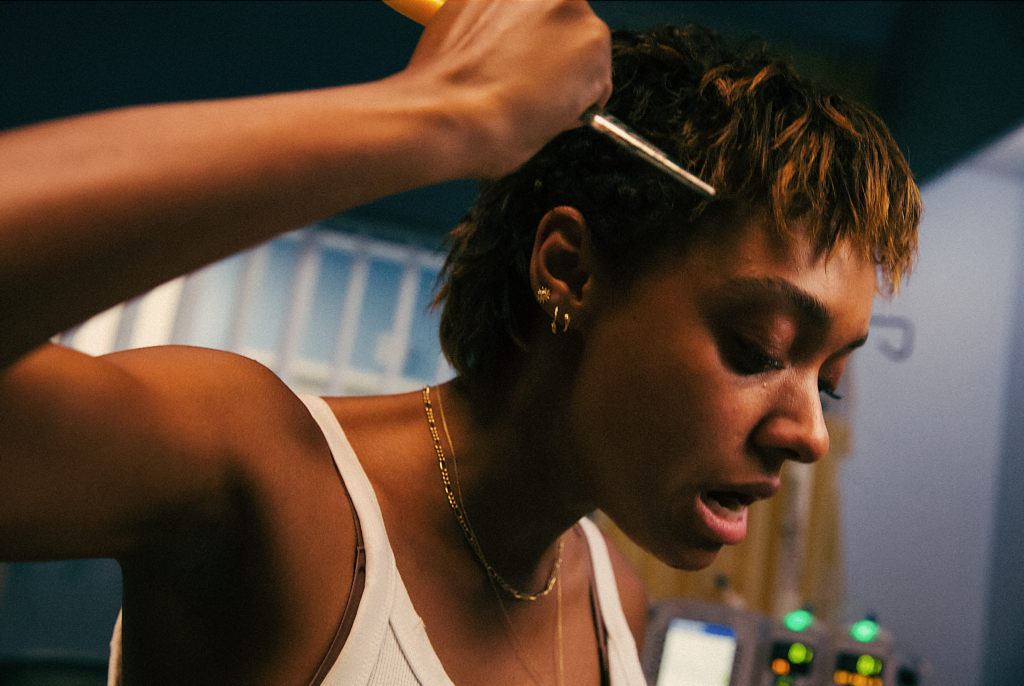
Talk to Me follows high school student Mia (Sophie Wilde), who is just about to finish her studies and still mourning the death of her mother two years ago. Her relationship with her father, Max (Marcus Johnson), is tense, and she finds herself more at home in her friend Jade’s (Alexandra Jensen) house, becoming an informal surrogate daughter to Jade’s mum, Sue (Miranda Otto), and quasi-sister to Jade and her younger brother, Riley (Joe Bird). One night after school, Mia, Riley, Jade and Jade’s boyfriend, Daniel (Otis Dhanji), team up with Hayley (Zoe Terakes) and Joss (Chris Alosio) to participate in the new viral trend that is sweeping the school: a strange ritual wherein the participant takes hold of a life-sized mummified sculpture shaped like – and said to contain – a real human hand. Speaking the invocations ‘Talk to me’ and ‘I let you in’, they experience a brief moment of possession by a random spirit for the amusement of their friends, who eagerly record the spooky party trick – one dismissed by the Pasifika Joss as ‘white people shit’ – on their phones. When the group fail to extract young Riley in time and he winds up seriously injured, Mia begins a journey into both the supernatural and her own fraught past, with dire consequences.
Much as grief, loss and identity take centre stage in the film thematically, power, ritual and transformation are equally essential aspects in what makes Talk to Me work as effectively as it does.
An energised riff on horror’s well-worn ‘monkey’s paw’ trope,[2]Taken from the title of WW Jacobs’ 1902 short story ‘The Monkey’s Paw’, the story of wishes gone wrong is a widespread and enduring narrative trope, both in horror and beyond. See Carl Neville, ‘Even Stranger Things: Carl Neville on WW Jacobs’ “The Monkey’s Paw”’, The Quietus, 6 February 2021, <https://thequietus.com/articles/29530-repeater-book-of-the-occult-ww-jacobs-the-monkey-s-paw-carl-neville>, accessed 22 September 2023. Talk to Me’s ‘may you get what you wish for’ theme is woven into the story with a potent combination of sensitivity and good old-fashioned genre film thrills as Mia struggles to find her place between her biological family – now consisting of just her father – and her new, adoptive one with Jade, Sue and Riley. Yet, much as grief, loss and identity take centre stage in the film thematically, power, ritual and transformation are equally essential aspects in what makes Talk to Me work as effectively as it does.

Ceremonies of change
Ritual and transformation are worked explicitly into Talk to Me’s narrative mechanics through the object of the mummified hand. There is a clear and systematic process involved in conjuring the connection between the living and the dead through the ‘Talk to me’ / ‘I let you in’ double whammy, but even the broader context in which this action takes place has a strongly ritualised component. The rite takes place in a private yet socialised space where adults are excluded, while the omnipresent mobile phone cameras that seem to automatically rise in the hands of the excited spectators have the quality of ritualistic tools themselves, spreading footage of the ‘possessions’ outwards through unseen digital networks of the participants’ peers.
If the ritual nature of the action so central to Talk to Me is striking, even more so are its associated transformations. The first person we see transform through the ritual is Mia herself; although she initially appears amused and excited at the idea of being the first of her group to try it, both her friends and we the audience marvel as she undergoes a dramatic alteration, suddenly writhing in her chair and speaking strange, spooky words in a strange, spooky voice. When the group come together again the following evening to continue ‘playing’ with the mysterious hand, its potency is revealed through Daniel’s encounters; completely taken over by an anonymous spirit, he inadvertently confesses that he is privately repulsed by Jade and still attracted to his ex-girlfriend Mia, before masturbating on the floor and tongue-kissing Jade’s dog.
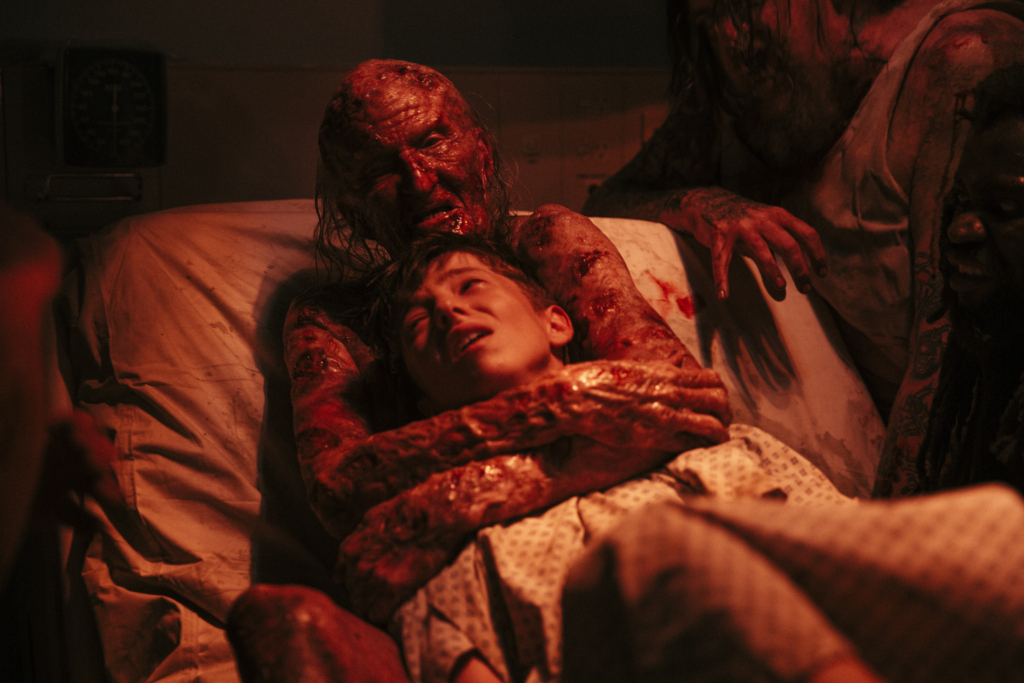
A fun transformation montage follows as, one by one, the group experience the magic of the mummified hand firsthand, all set to the dirty sideshow beats of Adam North’s track ‘Tango’ (adding a literal dimension to the carnivalesque delights the sequence has to offer). This sits in striking tonal contrast to the final encounter wherein Riley channels Mia’s dead mother – a union that begins the film’s increasingly unsettling descent as it storms its way towards its devastating conclusion.
Seen from this perspective, while ritual and transformation are integral to Talk to Me’s scaffolding, they ultimately combine through the film’s narrative and core spectacles to offer a canny exploration of power. In one sense, this can be seen very much through the lens of identity politics; Mia, played by Wilde (who has an Ivorian mother and Australian father), is notable as the only woman of colour in the film, while non-binary transmasc actor Terakes plays Hayley. Yet, refreshingly, neither of these identities are ever deployed didactically or tokenistically; rather, there is a natural matter-of-factness to these characters’ presence in the story. In their richness and complexity, there is an implicit yet firm statement of fact that they have as much right as anyone else to have their stories told. Talk to Me is a film where power, ritual and transformation are inextricably linked to space – who takes it up, who can move across it and the boundless ways in which it can be conceived of in the context of the horror movie.
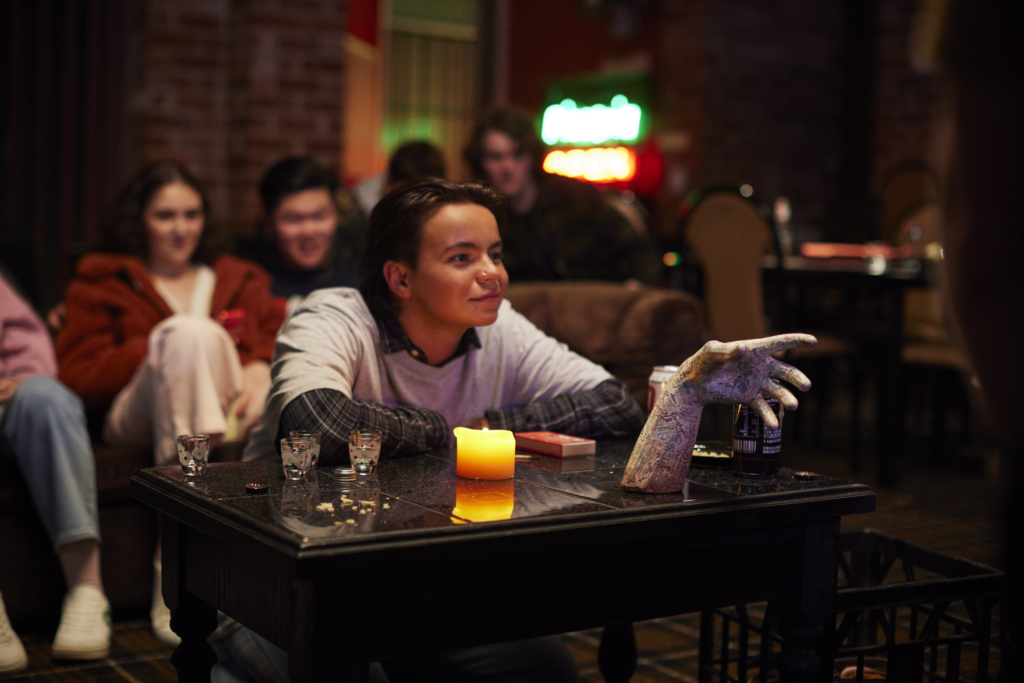
Talk to Me, horror and the shamanic imagination
My 2019 book Masks in Horror Cinema: Eyes Without Faces focused on the titular, highly ubiquitous component of horror’s mise en scène. The mask seemed almost a ready-made place to begin mapping out the deeply ingrained presence of power, ritual and transformation in the genre. Essential to this is a concept – one that holds particular relevance to Talk to Me – that I have defined as the ‘shamanic imagination’.[3]Alexandra Heller-Nicholas, Masks in Horror Cinema: Eyes Without Faces (Cardiff: University of Wales Press, 2019), p. 23.
Spawned from but consciously distinct from orthodox, anthropologically defined visions of shamanism (in which a spiritual practitioner communes with the metaphysical realm[4]For more on shamanism, see Alexander Alich, ‘Shamanism: What You Need to Know About the Fastest-growing “Religion” in England and Wales’, The Conversation, 5 January 2023, <https://theconversation.com/shamanism-what-you-need-to-know-about-the-fastest-growing-religion-in-england-and-wales-196438>, accessed 22 September 2023.), shamanic imagination refers to the residual yet active traces of traditionally conceived shamanism that resonate through the popular consciousness and manifests in pop-cultural forms like the horror movie. In the context of horror cinema, the shamanic imagination is a ‘broader cultural sensibility’ that allows certain objects (such as the mask, or Talk to Me’s sculpture of a mummified hand) to be ‘bestow[ed with] certain kinds of power’[5]Heller-Nicholas, op. cit., p. 27. when employed in clearly defined rituals. As I argue in the book, the shamanic imagination ‘allows a conceptualising of symbolic movements and transformations historically understood as spawned from (but not the same as) traditional shamanic rituals and practices’[6]ibid., p. 29. and‘grants a comprehension of new dimensions of movement across symbolic (and in horror, sometimes literal) planes, movement with historically entrenched associations with […] the supernatural’.[7]ibid., p. 28. As such, it ‘encompasses a range of liminal spaces, natural and/or supernatural, literal and/or symbolic’.[8]ibid.
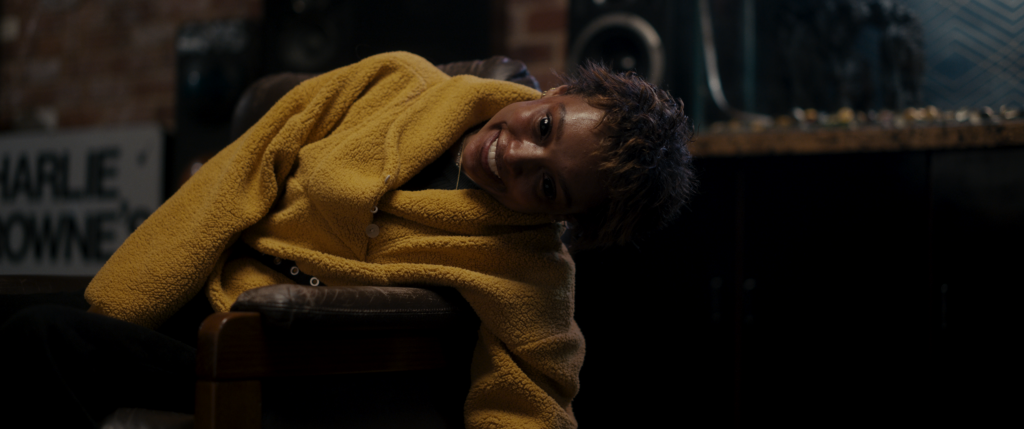
In short, the shamanic imagination is the reason a movie like Talk to Me makes sense. Because of the central presence of the heavily ritualised DIY seance the film’s characters participate in, we do not need to stop and ask how or why the mummified hand sculpture has the ability to so dramatically transform Mia and her friends the way it does. The shamanic imagination makes liminal space in horror something that is almost intuitively familiar to us, rather than relying purely on a widely assumed suspension of disbelief on spiritual matters: whether or not we ‘believe’ in another spiritual plane ultimately plays second fiddle to a kind of gut-level cultural memory wherein (particularly transformative) rituals become unspoken keys that unlock new conceptual zones or spaces of being that are otherwise inaccessible. Horror cinema thus becomes a vital cultural space where the tensions spawned from questions of social power – who has it, and who does not – can be teased out in a relatively ‘safe’, contained fictional forum in which the spatial logic of what is and isn’t possible is radically reimagined.
The shamanic imagination makes liminal space in horror something that is almost intuitively familiar to us, rather than relying purely on a widely assumed suspension of disbelief on spiritual matters.
The extraordinary success of Talk to Me primarily stems from how it engages with these dynamics in such a sophisticated, effective manner while at the same time never dropping the ball on being a good, fun popcorn movie. The shamanic imagination is a way ‘in’ to understanding how this film works in a mechanical sense – particularly when explored through the roles and functions of power, ritual and transformation – and yet it simultaneously allows the film’s enigmatic poetry to remain intact. Stepping back and looking at the enormous historical influence of psychoanalysis on horror studies – from Robin Wood[9]See Robin Wood, Robin Wood on the Horror Film: Collected Essays and Reviews, Wayne State University Press, Detroit, MI, 2018. to Carol J Clover[10]See Carol J Clover, Men, Women, and Chain Saws: Gender in the Modern Horror Film, Princeton University Press, Princeton, NJ, 1992. and beyond – Talk to Me feels almost defiantly impenetrable to the colour-by-numbers critical dismantling of horror that has befallen so many other classics of the genre.
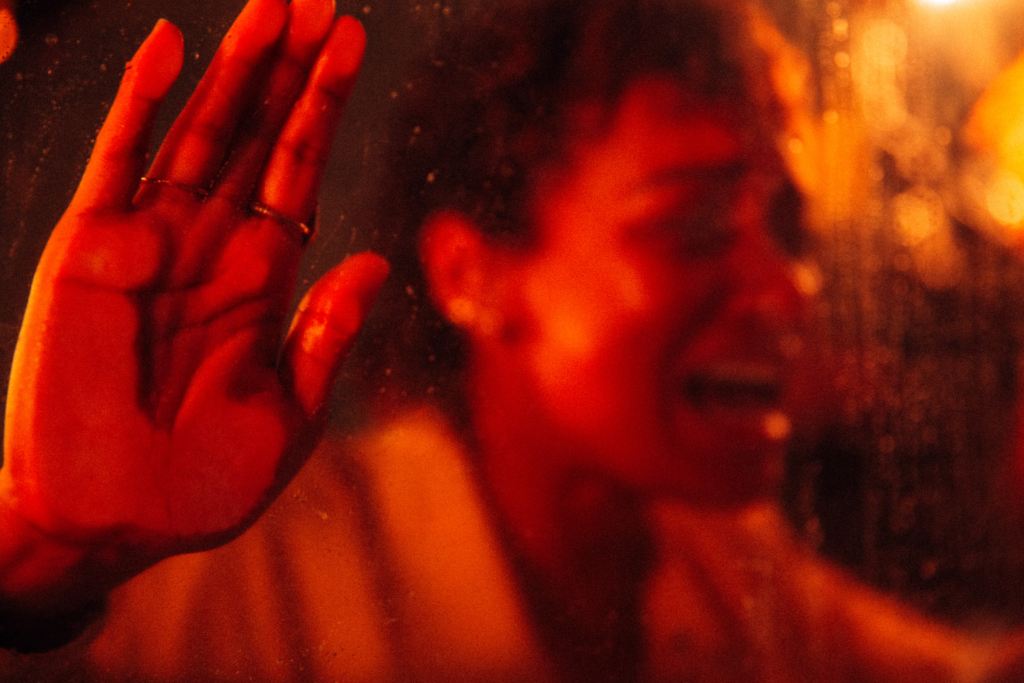
Despite its superficial teen-horror-movie trimmings, Talk to Me is masterful in how it refuses to be a critical riddle to be ‘solved’. Its tonal depths and sensory reverberations render it a movie that you feel first and foremost – which in practical terms means that, even after multiple viewings, it remains difficult to locate precisely what it is that makes the film so unsettling.
In an era of so-called ‘elevated’ horror that seeks to self-consciously remove so-called ‘arty’ genre movies from their assumed place in the ‘lowbrow’ ditch,[11]See Laura Bradley, ‘This Was the Decade Horror Got “Elevated”’, Vanity Fair, 17 December 2019, <https://www.vanityfair.com/hollywood/2019/12/rise-of-elevated-horror-decade-2010s>, accessed 22 September 2023. Talk to Me stands as a powerful, original ‘fuck you’. You can, it seems, make an earnest, engaged and engaging horror film without deriding the rest of the genre (and its fans) as a whole. At its best, horror can be simultaneously smart and fun and funny and terrifying, qualities that are far from the sole terrain of ‘highbrow’ cinema – and if that were even in question, this film amply proves that point all on its own.
Endnotes
| 1 | Jeremy Kay, ‘Talk to Me Becomes A24’s Top Grossing Horror Release at North American Box Office’, Screen Daily, 4 September 2023, <https://www.screendaily.com/news/talk-to-me-becomes-a24s-top-grossing-horror-release-at-north-american-box-office/5185505.article>, accessed 22 September 2023. |
|---|---|
| 2 | Taken from the title of WW Jacobs’ 1902 short story ‘The Monkey’s Paw’, the story of wishes gone wrong is a widespread and enduring narrative trope, both in horror and beyond. See Carl Neville, ‘Even Stranger Things: Carl Neville on WW Jacobs’ “The Monkey’s Paw”’, The Quietus, 6 February 2021, <https://thequietus.com/articles/29530-repeater-book-of-the-occult-ww-jacobs-the-monkey-s-paw-carl-neville>, accessed 22 September 2023. |
| 3 | Alexandra Heller-Nicholas, Masks in Horror Cinema: Eyes Without Faces (Cardiff: University of Wales Press, 2019), p. 23. |
| 4 | For more on shamanism, see Alexander Alich, ‘Shamanism: What You Need to Know About the Fastest-growing “Religion” in England and Wales’, The Conversation, 5 January 2023, <https://theconversation.com/shamanism-what-you-need-to-know-about-the-fastest-growing-religion-in-england-and-wales-196438>, accessed 22 September 2023. |
| 5 | Heller-Nicholas, op. cit., p. 27. |
| 6 | ibid., p. 29. |
| 7 | ibid., p. 28. |
| 8 | ibid. |
| 9 | See Robin Wood, Robin Wood on the Horror Film: Collected Essays and Reviews, Wayne State University Press, Detroit, MI, 2018. |
| 10 | See Carol J Clover, Men, Women, and Chain Saws: Gender in the Modern Horror Film, Princeton University Press, Princeton, NJ, 1992. |
| 11 | See Laura Bradley, ‘This Was the Decade Horror Got “Elevated”’, Vanity Fair, 17 December 2019, <https://www.vanityfair.com/hollywood/2019/12/rise-of-elevated-horror-decade-2010s>, accessed 22 September 2023. |
